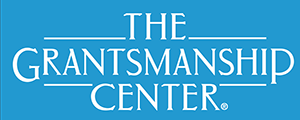When a Federal Grant Suddenly Ends

Political changes can lead to changes in laws, policies, and rules. In the first few months of 2025, many federal grants and contracts have been terminated. Thousands of federal employees have been fired. The functions of complete agencies have been eliminated. There continues to be uncertainty about the future of many federal grant programs. While the legal status of these actions may still be unknown, nonprofits must decide how to move forward.










